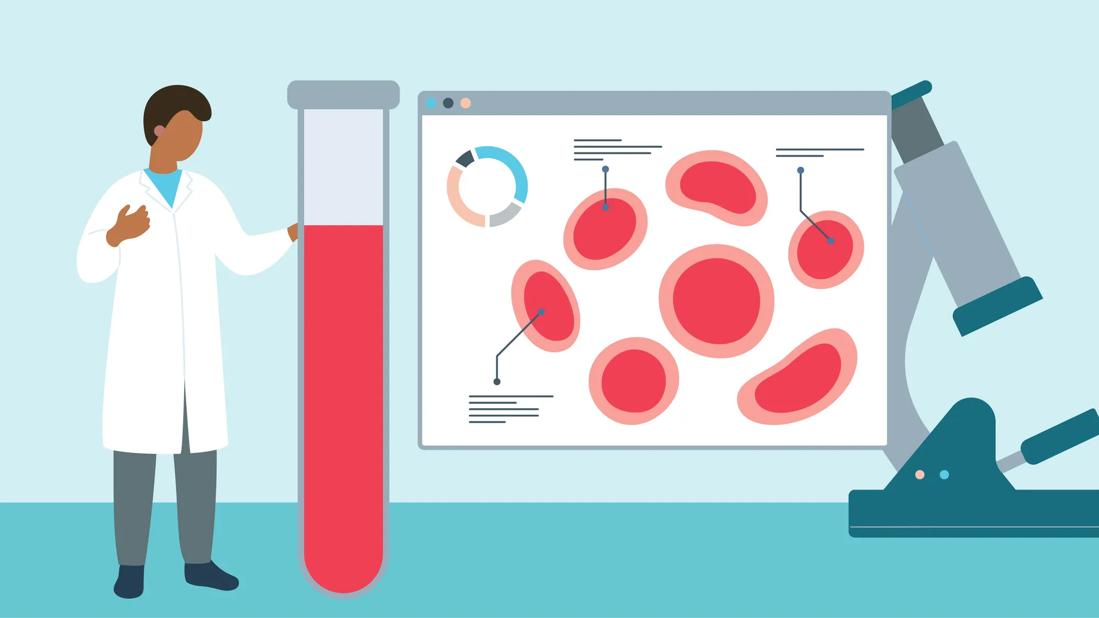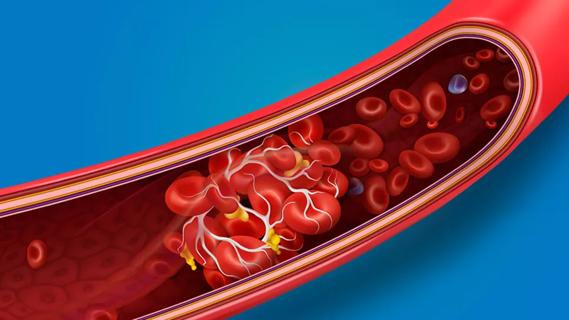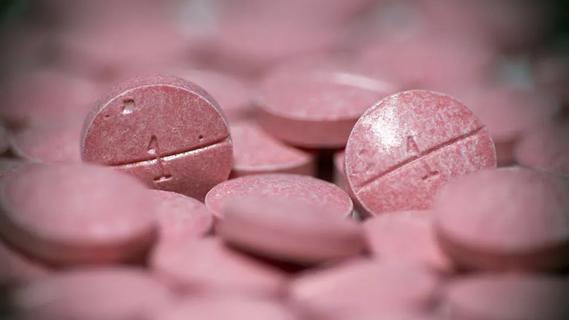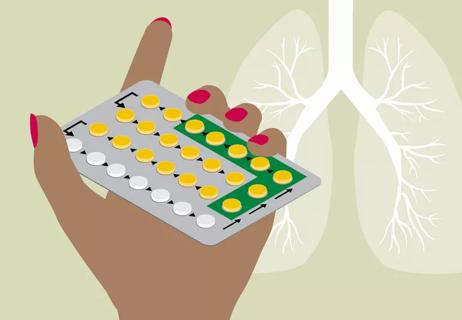Hemophilia A and B are both inherited blood-clotting disorders — the difference is in clotting proteins

If you or someone you love has hemophilia, you may already know there are different types. But what’s the difference between hemophilia A vs. B? And is one worse than the other?
Advertisement
Cleveland Clinic is a non-profit academic medical center. Advertising on our site helps support our mission. We do not endorse non-Cleveland Clinic products or services. Policy
Hematologist James Martin, MD, breaks it down.
Both hemophilia A and B are inherited bleeding disorders. They’re conditions that cause your blood not to clot properly. That can result in symptoms like:
“Hemophilia is a deficiency of proteins that help your body form blood clots,” Dr. Martin explains. “When certain clotting proteins aren’t present or working fully, your body has a harder time making clots to stop the bleeding.”
Hemophilia A and B are passed through families in the same way. They’re X-linked recessive conditions. This means they affect men more frequently than women, as men only have one X chromosome.
Because women have two X chromosomes, they can carry an abnormal clotting factor gene, but not necessarily have hemophilia.
So, if a mother carries the gene for an abnormal clotting factor, there’s a 50% chance she’ll pass it on to a son (because he has only one X chromosome). Her daughter would have a 50% chance of being a carrier of the faulty gene (because she has two X chromosomes).
Women who are carriers of the gene can have some symptoms of hemophilia, but it’s less common. And when they do have symptoms, they’re usually mild.
Advertisement
So, what sets hemophilia A and B apart? Dr. Martin walks us through the differences.
The biggest difference between hemophilia A and hemophilia B lies in which blood clotting factor is deficient. Your body’s blood clotting pathway is a complex process that relies on numerous different proteins and other molecules.
These proteins are called clotting factors and are assigned numbers:
A third kind of hemophilia, hemophilia C, is a deficiency in clotting factor XI (11).
Hemophilia is a rare condition. But, relatively speaking, hemophilia A is more common than hemophilia B. Hemophilia C is the rarest.
An estimated 33,000 men in the United States have hemophilia, according to the U.S. Centers for Disease Control and Prevention (CDC). Researchers estimate that hemophilia A accounts for about 80% to 85% of hemophilia cases.
“There have been a plethora of treatments to help with both hemophilia A and B that have come out in just the past few years,” Dr. Martin shares.
Let’s look at the options.
Treatments for both hemophilia A and B
Treatment for hemophilia A only
Neither hemophilia A or B is “worse” than the other. No matter which kind of hemophilia you have, the severity of the disease and the extent to which it affects your life can vary widely.
“You can have any spectrum of disease with either of them,” Dr. Martin clarifies.
Most cases of severe hemophilia are detected at birth. Thanks to prenatal testing, it can even be screened for before your baby is born. Milder forms of hemophilia may not be noticed until childhood or later.
Normal blood clotting factor activity is around 70% to 80%. You’ll be diagnosed with hemophilia if your blood clotting factor activity is:
Things like abnormal bleeding symptoms can be a clue to your physician to test for hemophilia. But only a blood test can determine whether you have hemophilia A or B.
If hemophilia runs in your family or you’re concerned about severe bleeding, talk with a healthcare professional. They can check for hemophilia A and B and other concerns and help find treatment and management solutions to help live a safer, healthier life.
Advertisement
Learn more about our editorial process.
Advertisement

Leg-related symptoms indicate DVT, while chest symptoms point to a pulmonary embolism

Injury, itching, inflammation and irritants can all lead to scabs on your scalp

An increased risk of blood clots can last for nearly a year after a COVID-19 diagnosis

Bleeding is a risk and warrants taking care, but the reward of this lifesaving medication is great

Although it can be alarming, it’s normal to experience blood clots during menstruation

Here’s what experts say about how the two are related

Science doesn’t support most claims about this bee byproduct, and supplements have potential risks

The little blue pill might help with physical arousal, but there are better treatments for low libido in women

Start having sex about 72 hours before ovulation, then at least every other day during your fertile window

Attachment theory suggests that your earliest relationships shape connections throughout your life

It isn’t a recognized mental health disorder, but research shows that problematic social media use can negatively affect your mental health, self-esteem and sleep